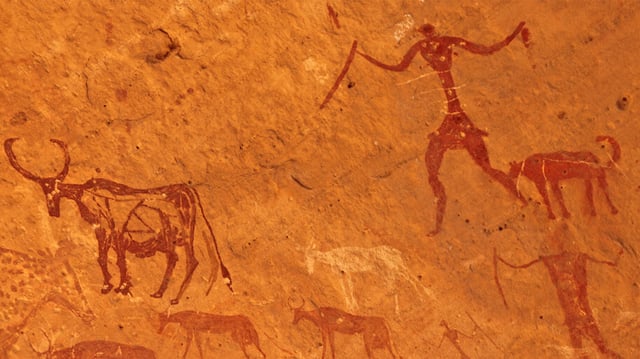Overview
- New research supports the endurance running hypothesis, suggesting humans evolved to chase prey over long distances.
- Historical accounts from various cultures indicate endurance hunting was a common practice worldwide before modern hunting technologies.
- The ability to sweat and muscles built for stamina rather than power are key traits that support long-distance running in humans.
- Mathematical models show that running can be more efficient than walking for catching prey, especially in certain ecological contexts.
- Cultural biases may have led to underestimating the prevalence and efficiency of endurance hunting in human history.


